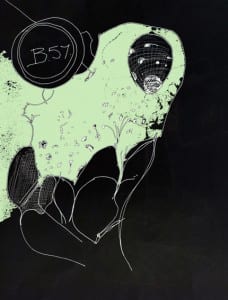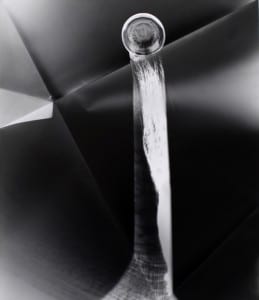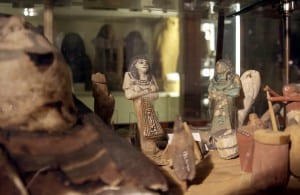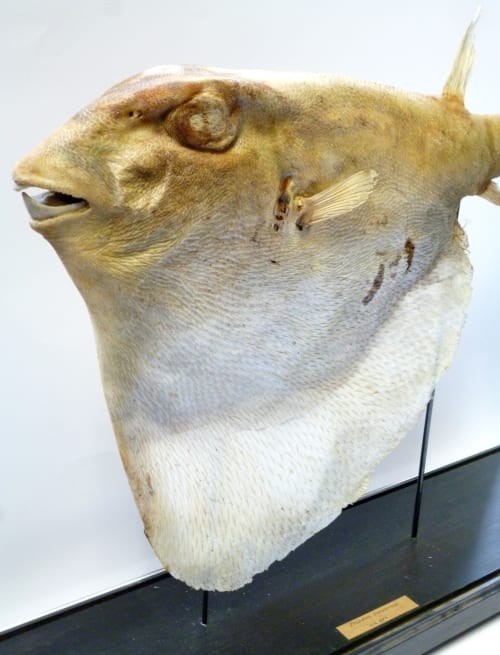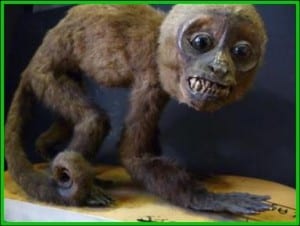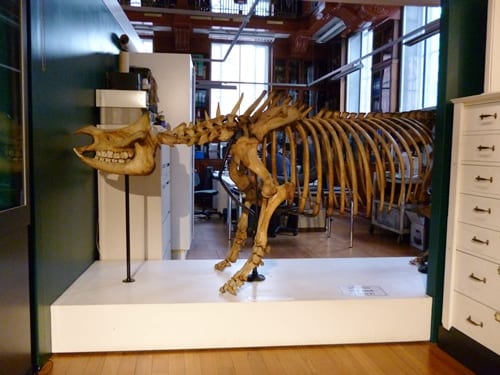UCL students identify mystery specimens in the Grant Museum
By Jack Ashby, on 2 February 2016
 Have you ever seen something in a museum and suspect that the curators have got it wrong? If so, I hope you haven’t been too shy to let the museum know. Speaking for the Grant Musuem at least, we love it when visitors add to our knowledge of the collection, and we don’t ask for “expert” credentials before hearing an opinion. Indeed, a 11 year boy spotted that a specimen labelled “marine iguana” was in fact a tuatara (a lizard-shaped reptile from New Zealand (that is in fact not a lizard)). And couple of years back, a visitor noticed that our famous anaconda skeleton was in fact an African rock python. Some museums might be embarrassed by the idea that some of their objects have been mis-identified, but not us.
Have you ever seen something in a museum and suspect that the curators have got it wrong? If so, I hope you haven’t been too shy to let the museum know. Speaking for the Grant Musuem at least, we love it when visitors add to our knowledge of the collection, and we don’t ask for “expert” credentials before hearing an opinion. Indeed, a 11 year boy spotted that a specimen labelled “marine iguana” was in fact a tuatara (a lizard-shaped reptile from New Zealand (that is in fact not a lizard)). And couple of years back, a visitor noticed that our famous anaconda skeleton was in fact an African rock python. Some museums might be embarrassed by the idea that some of their objects have been mis-identified, but not us.
In fact every year we give our UCL bioscience students the chance to challenge our identification as part of the fantastic “Vertebrate Life and Evolution” module. We have just created a display of “mystery specimens” identified by these students.
 Close
Close


